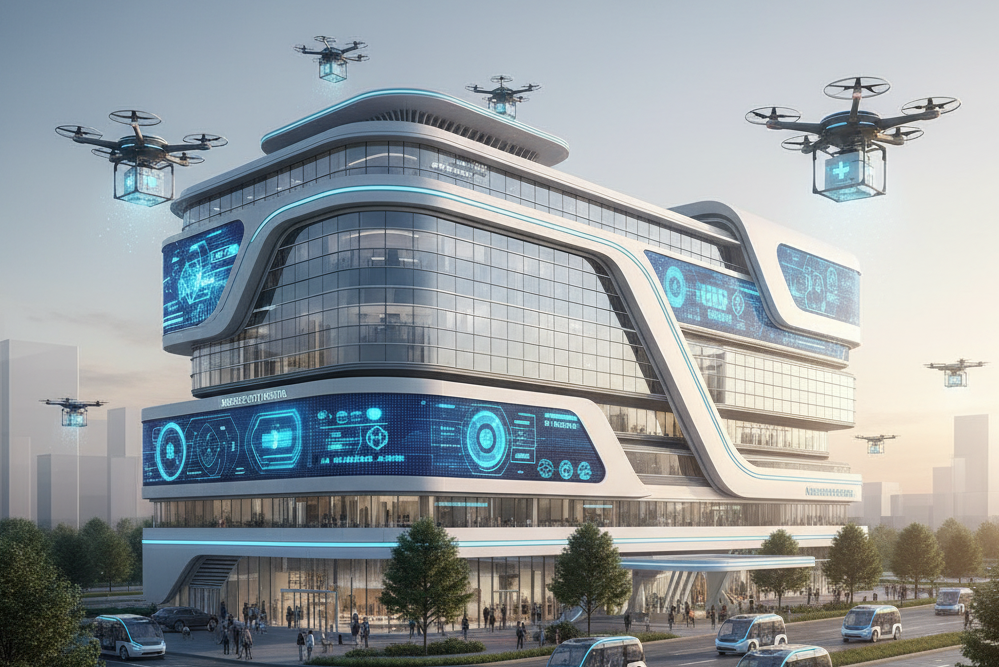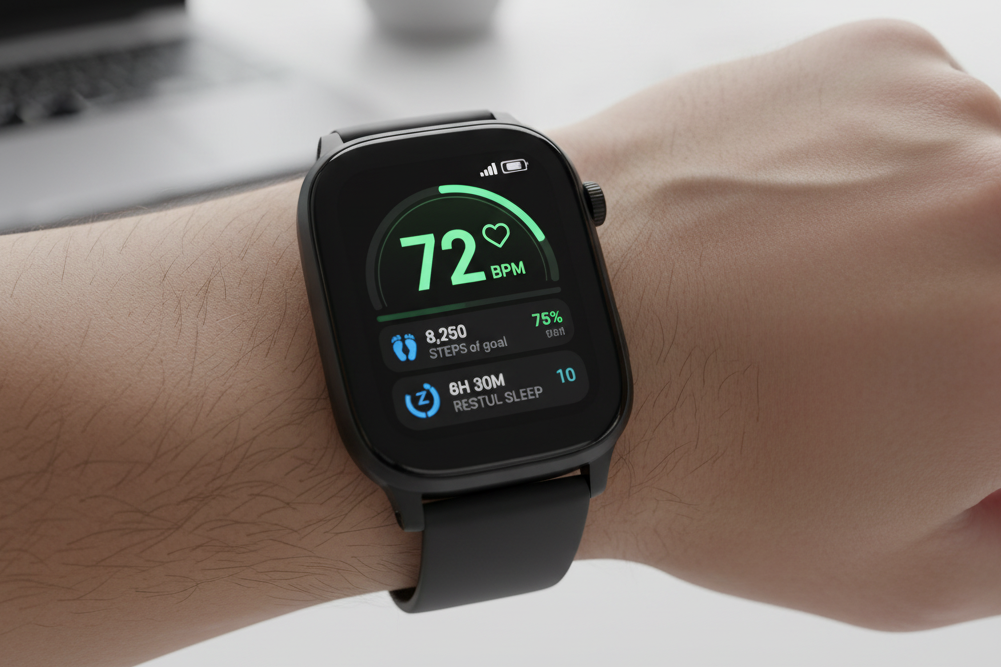The Future of Smart Hospitals: What Patients Can Expect
Everett Lee
2025-10-12
6 min read

The concept of a hospital is undergoing a profound transformation. No longer just buildings that house medical equipment and staff, hospitals are evolving into highly connected, intelligent ecosystems. Powered by advancements in artificial intelligence (AI), the Internet of Things (IoT), robotics, and telemedicine, the "smart hospital" is emerging. This new model promises to revolutionize the patient experience, making healthcare more efficient, personalized, and effective than ever before. For patients, this shift means moving from a passive recipient of care to an active participant in a streamlined, data-driven health journey.
A Seamless and Personalized Patient Journey
From the moment you need care, the smart hospital experience will feel fundamentally different. Instead of cumbersome paperwork and long wait times, your journey will be managed by intelligent systems. Pre-arrival processes can be handled through a patient portal on your smartphone, where you can complete forms, upload medical history, and receive instructions. Upon arrival, facial recognition or sensor-based check-ins could guide you directly to your appointment or room, eliminating confusing navigation through sprawling hallways. Inside the hospital, IoT devices will create a responsive and safe environment. Smart beds can monitor vital signs, movement, and pressure points to prevent bedsores, automatically alerting nursing staff to potential issues. Wearable sensors will continuously track key health metrics like heart rate and oxygen saturation, feeding this data directly into your electronic health record. This constant, unobtrusive monitoring allows clinical teams to detect subtle changes in a patient's condition much earlier, enabling proactive interventions before a serious problem develops.
AI as a Partner in Diagnosis and Treatment
Artificial intelligence will serve as a crucial partner to medical professionals, enhancing their ability to diagnose and treat illnesses with greater precision. AI-powered diagnostic tools can analyze medical images like X-rays, CT scans, and MRIs with incredible speed and accuracy, often identifying patterns that may be invisible to the human eye. This can lead to earlier and more accurate diagnoses for conditions such as cancer and neurological disorders. For treatment planning, AI algorithms can analyze a patient's genetic information, lifestyle, and medical history to recommend personalized treatment protocols. This approach, known as precision medicine, moves away from a one-size-fits-all model and tailors therapies to the individual, increasing the likelihood of positive outcomes and reducing side effects. In the operating room, robotic-assisted surgery, guided by experienced surgeons, will allow for more minimally invasive procedures, resulting in less pain, smaller scars, and faster recovery times for patients.

The Rise of Robotics and Automation
Robotics will handle many of the logistical and repetitive tasks within the hospital, freeing up human staff to focus on direct patient care. Automated robots can be deployed to transport meals, linens, and medication, ensuring supplies are delivered efficiently and accurately. In pharmacies, robotic systems can dispense medications, dramatically reducing the risk of human error. Some robots are even being used for disinfection, using UV light to sanitize patient rooms and operating theaters, creating a safer environment for everyone. For patients, this means nurses and doctors will have more time to spend at the bedside, offering comfort, answering questions, and providing the compassionate human connection that is essential to healing. The automation of background tasks enhances efficiency and safety while amplifying the human element of care.
Telemedicine and Care Beyond Hospital Walls
The smart hospital's influence extends far beyond its physical location. Telemedicine and remote patient monitoring will become standard components of care, particularly for managing chronic conditions and post-discharge recovery. After leaving the hospital, patients can be equipped with wearable devices that continue to track their vitals and send data back to their care team. Virtual follow-up appointments via secure video calls will reduce the need for travel, making healthcare more accessible and convenient. This continuous connection ensures that a patient’s recovery is monitored closely, allowing for timely adjustments to medication or care plans. It empowers patients to take an active role in their own health from the comfort of their homes while giving them the peace of mind that their clinical team is still watching over them.
Navigating the Challenges Ahead
The transition to smart hospitals is not without its challenges. The immense amount of sensitive patient data generated requires robust cybersecurity measures to prevent breaches and protect privacy. Ensuring that these advanced technologies are equitable and accessible to all patients, regardless of their socioeconomic status or technical literacy, is another critical consideration. Furthermore, integrating disparate systems into a single, cohesive network is a complex technical hurdle that requires significant investment and planning. Despite these obstacles, the trajectory is clear. The future of healthcare is intelligent, connected, and patient-centered. As smart hospitals become the new standard, patients can expect a healthcare experience that is safer, more efficient, and deeply personalized. This technological evolution promises not to replace the human touch in medicine, but to enhance it, allowing for a new level of care that was once the domain of science fiction.


